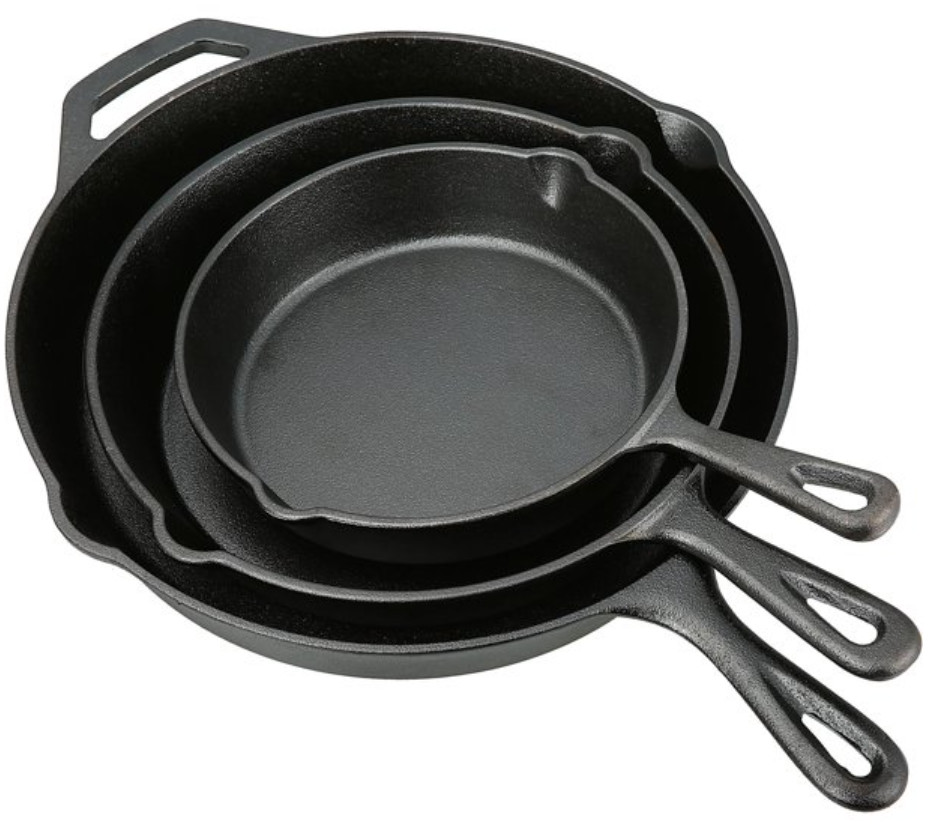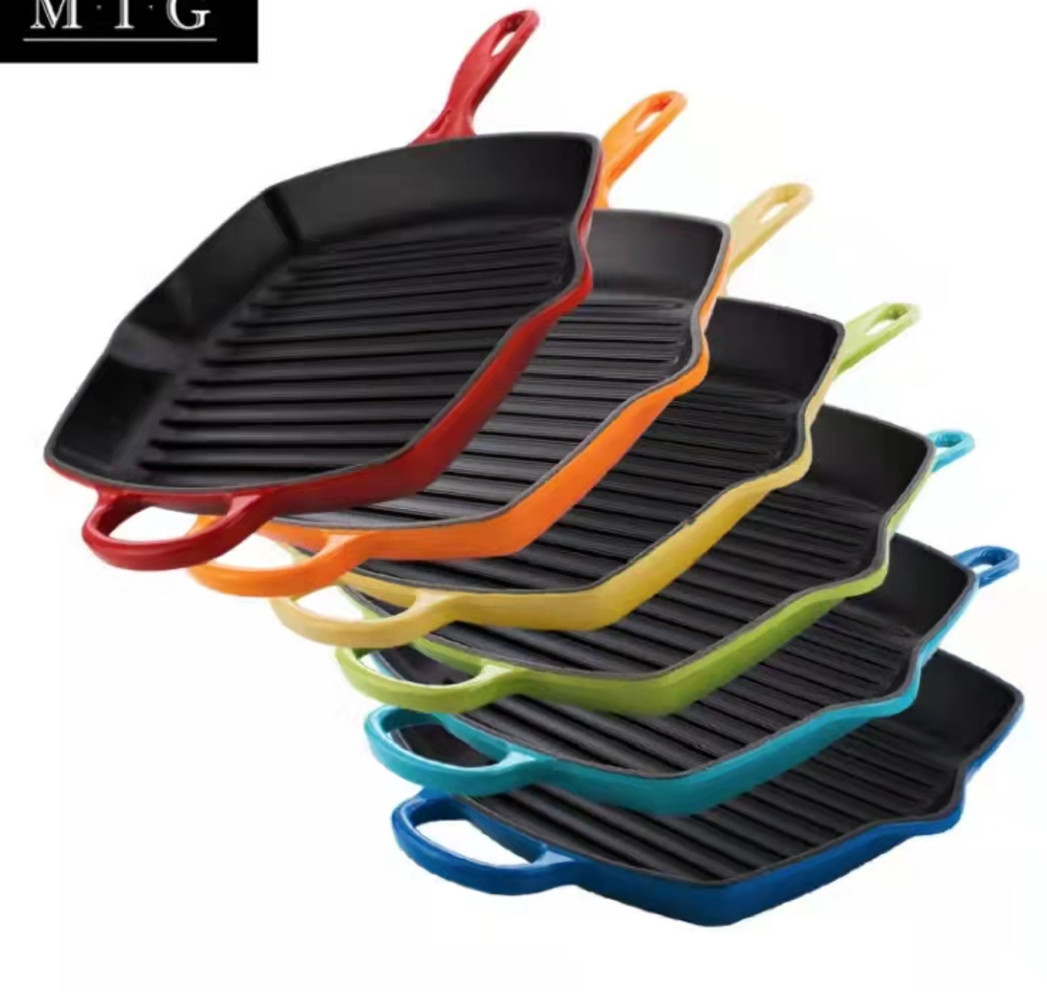- 150 m ber bi başûr, Riya DingWei ya rojava, gundê Nanlou, bajarokê Changan, devera GaoCheng, Shijiazhuang, Hebei, Chinaîn
- monica@foundryasia.com
حوزەیران . 12, 2023 18:48 Vegere navnîşê
ÇI YEŞÎNA XEZÎNÊ ÇI YE
Amûrên xwarinê yên hesinî çi ye:
Xwarinên hesinî yên çêjkirî aşxaneyek giran e ku ji hesin hatî çêkirin ji ber ragirtina germahiyê, domdariya xwe, şiyana ku di germahiyên pir zêde de were bikar anîn, û dema ku bi rêkûpêk hatî çêkirin pijandina ne-zeliqandî tê bi nirx kirin.
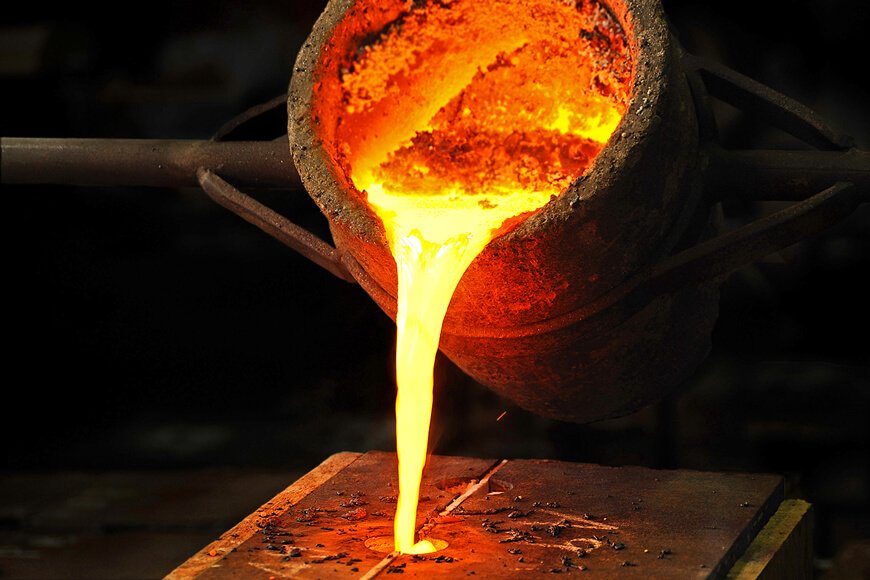
Dîroka aşxaneyên hesinî
In Asia, particularly China, India, Korea and Japan, there is a long history of cooking with cast iron vessels. The first mention of a cast-iron kettle in English appeared in 679 or 680, though this wasn't the first use of metal vessels for cooking. The term pot came into use in 1180. Both terms referred to a vessel capable of withstanding the direct heat of a fire. Cast-iron cauldrons and cooking pots were valued as kitchen items for their durability and their ability to retain heat evenly, thus improving the quality of cooked meals.
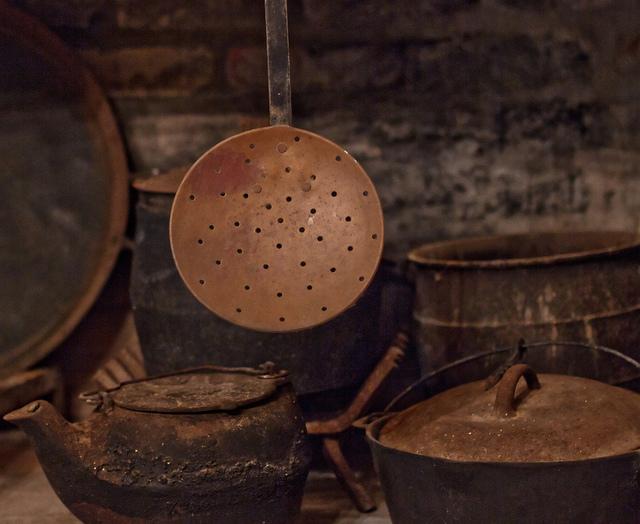
Li Ewropa û Dewletên Yekbûyî, berî ku sobeya mitbaxê di nîveka sedsala 19-an de dest pê bike, xwarin di ocaxê de dihatin pijandin û tenûr û tenûrên pijandinê yan ji bo bikaranîna di ocaxê de hatibûn çêkirin, an jî ji bo ku di hundurê wê de bêne sekinandin.
Cast-iron pots were made with handles to allow them to be hung over a fire, or with legs so that they could stand in the coals. In addition to Dutch ovens with three or four feet, which Abraham Darby I secured a patent in 1708 to produce, a commonly used cast-iron cooking pan called a spider had a handle and three legs allowing it to stand upright over campfires as well as in the coals and ashes of a fireplace.
Dema ku sobeyên pijandinê populer bûn, firax û tenûrên bi binî bê ling û xizm hatin bikaranîn; di vê heyama dawiya sedsala 19-an de danasîna daîreyê dît
cast-iron skillet.
Di nîvê pêşîn ê sedsala 20-an de kelûmelên hesinî bi taybetî di nav malfiroşan de populer bû. Ew aşxaneyek erzan, lê domdar bû. Piraniya malên Amerîkî bi kêmî ve panek pijandinê ya ji hesin hebûn.
Di sedsala 20-an de di heman demê de danasîn û populerbûna kelûpelên kelûpel-hesin ên bi emelê pêçandî jî hat dîtin.
Today, of the large selection of cookware that can be purchased from kitchen suppliers, cast iron comprises only a small fraction. However, the durability and reliability of cast iron as a cooking tool has ensured its survival. Cast-iron pots and pans from the 19th and 20th century continue to see daily use to the present day. They are also highly sought after by antique collectors and dealers. Cast iron has also seen a resurgence of its popularity in specialty markets. Through cooking shows, celebrity chefs have brought renewed attention to traditional cooking methods, especially the use of cast iron.
Berhemên bingehîn
Cûreyên kelûpelên hesinî di nav de firingî, firinên holandî, tirî, hesinên waffles, çapa panînî, firingiyên kûr, woks, fondu û potjî hene.
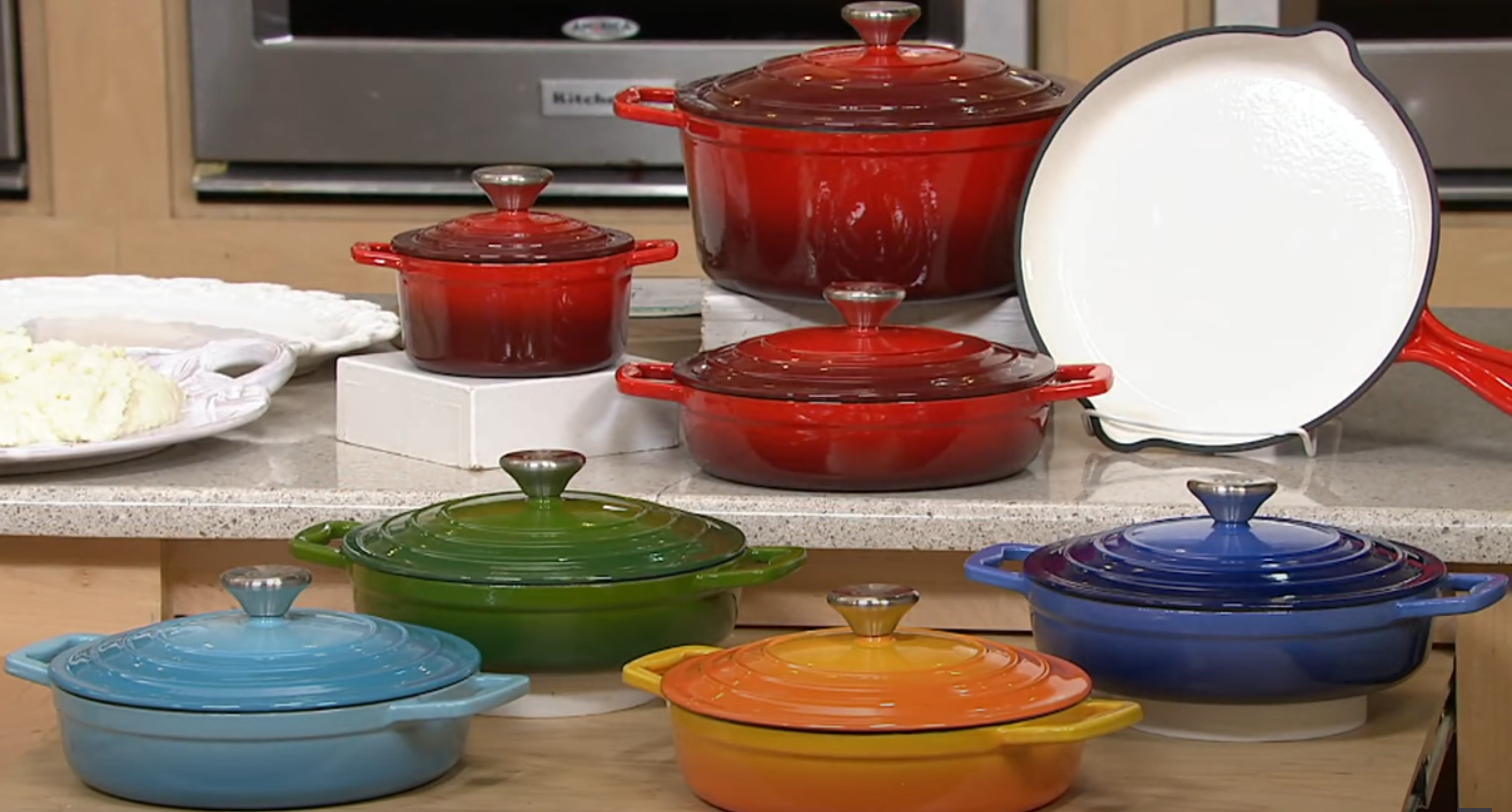
Feydeyên kelûpelên hesinî yên rijandin
Cast iron's ability to withstand and maintain very high cooking temperatures makes it a common choice for searing or frying, and its excellent heat retention makes it a good option for long-cooking stews or braised dishes.
Because cast-iron skillets can develop a "non-stick" surface when cared for properly, they are excellent for frying potatoes or preparing stir-fries. Some cooks consider cast iron a good choice for egg dishes, while others feel the iron adds an off-flavor to eggs. Other uses of cast-iron pans include baking, for instance for making cornbread, cobblers and cakes.
Many recipes call for the use of a cast-iron skillet or pot, especially so that the dish can be initially seared or fried on the stovetop then transferred into the oven, pan and all, to finish baking. Likewise, cast-iron skillets can double as baking dishes. This differs from many other cooking pots, which have varying components that may be damaged by the excessive temperatures of 400 °F (204 °C) or more.
-
Product introduction of Changan Cast Iron Co., LTD
NûçeJan.24,2024
-
The Impact of the Leidenfrost Effect on Non-Stick Properties of Cast Iron Titanium Coated Cookware
NûçeJan.24,2024
-
Lêgerîna Dabeşkirina Xwarinê--Cast Iron Casseroles vs Regular Casseroles
NûçeJan.03,2024
-
Atolyeya pakkirinê ya ku bi refik û hilanîna 3D ya ji bo tiştan ji nû ve hatî saz kirin
NûçeDec.29,2023
-
Paqijkirina potek enamelê ya hesinê hatî bikar anîn bi gavên jêrîn bi bandor dikare were kirin:
NûçeDec.27,2023
-
Struktura Metallografî ya ji bo emelê li ser hesin rijandin
NûçeDec.27,2023
